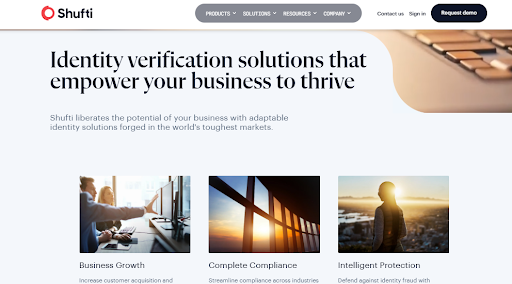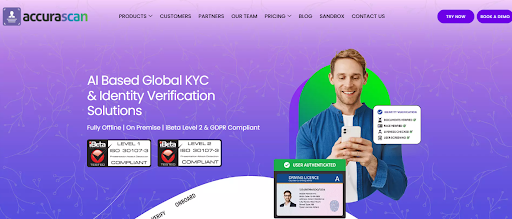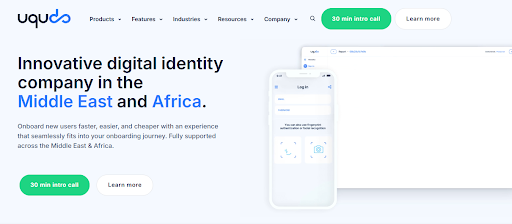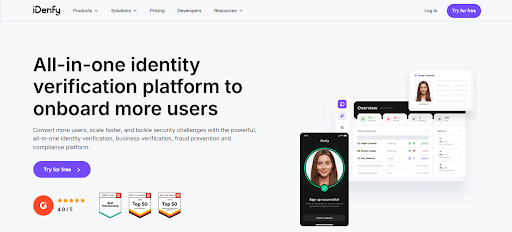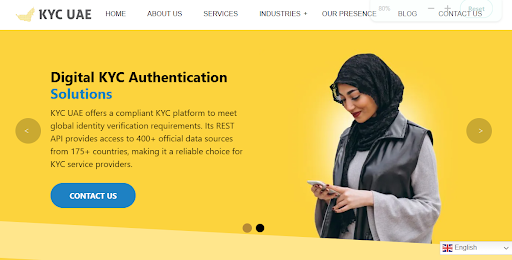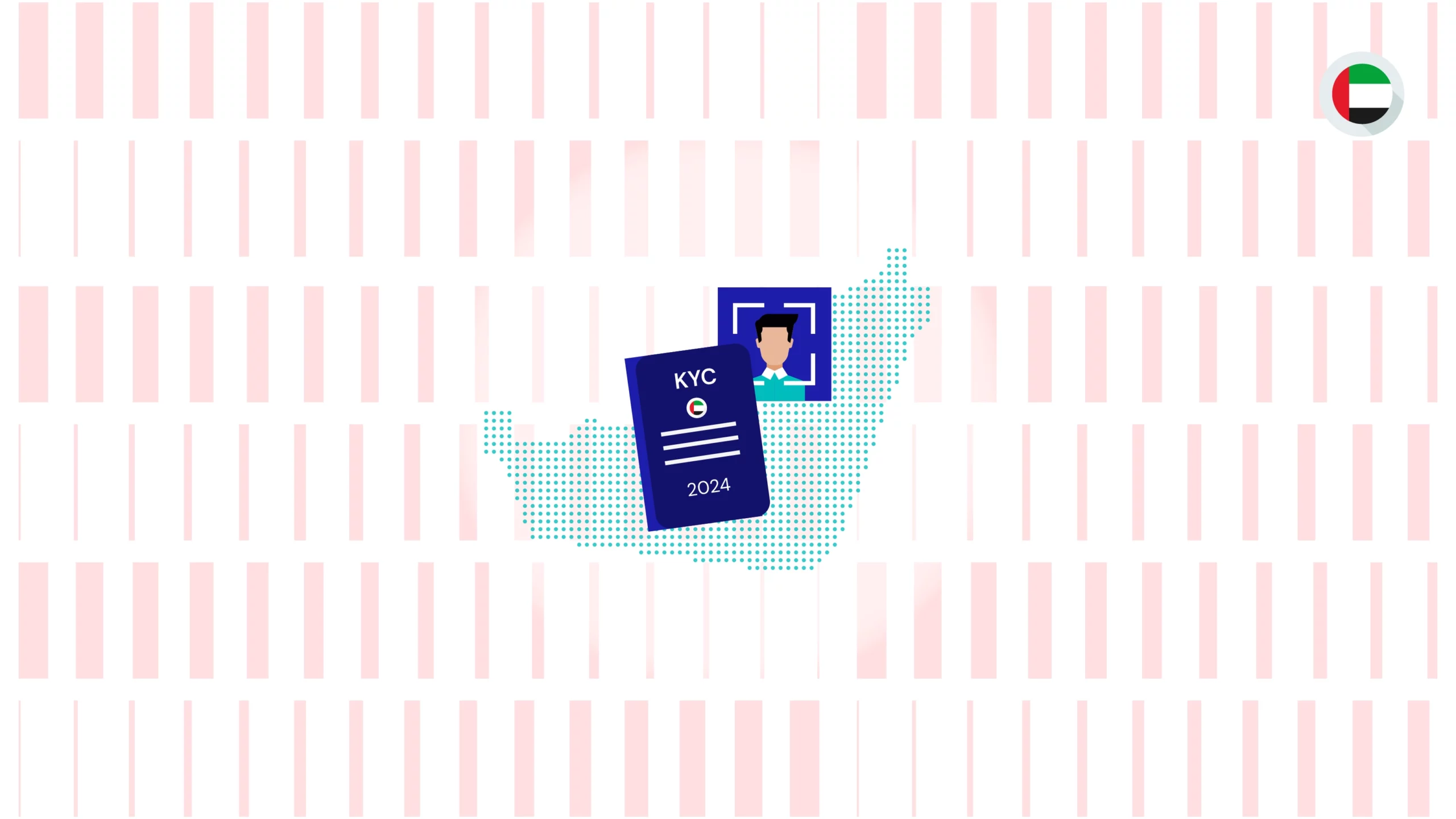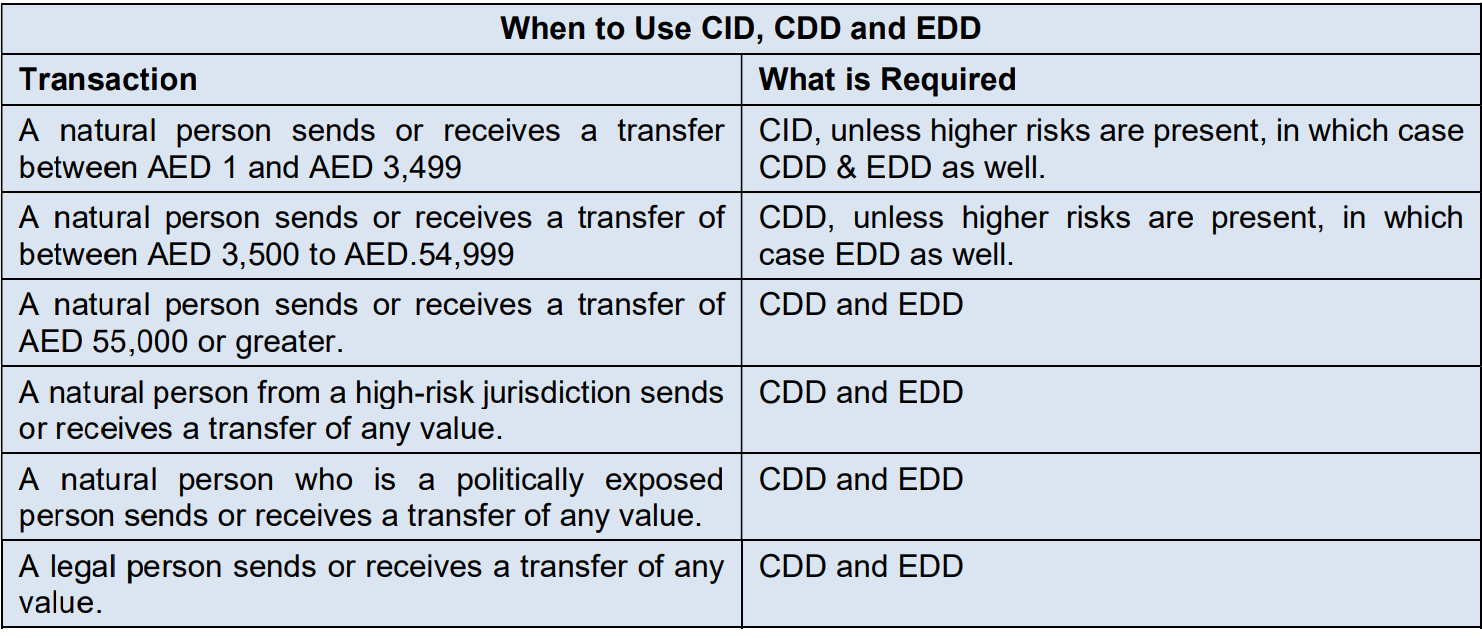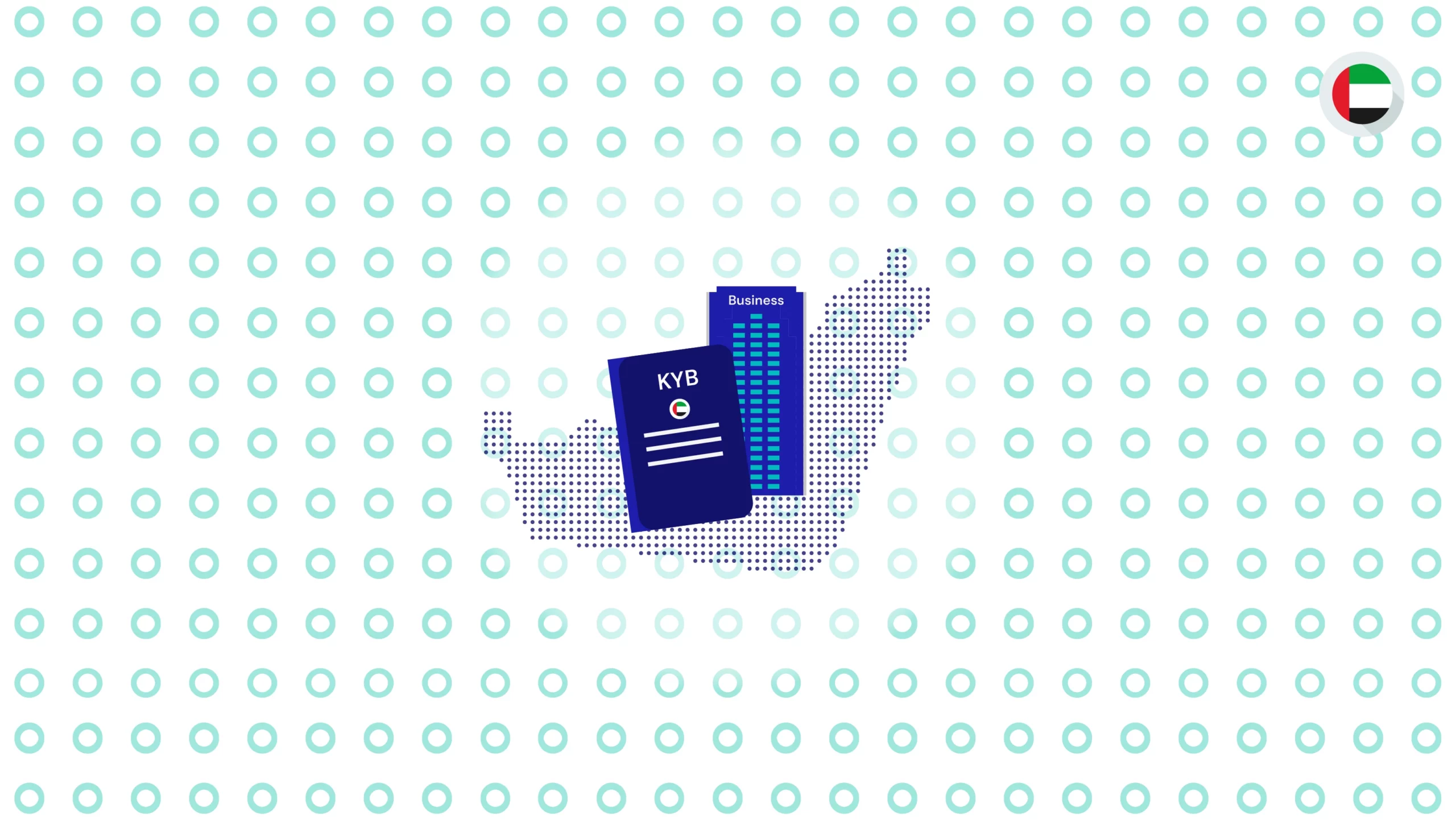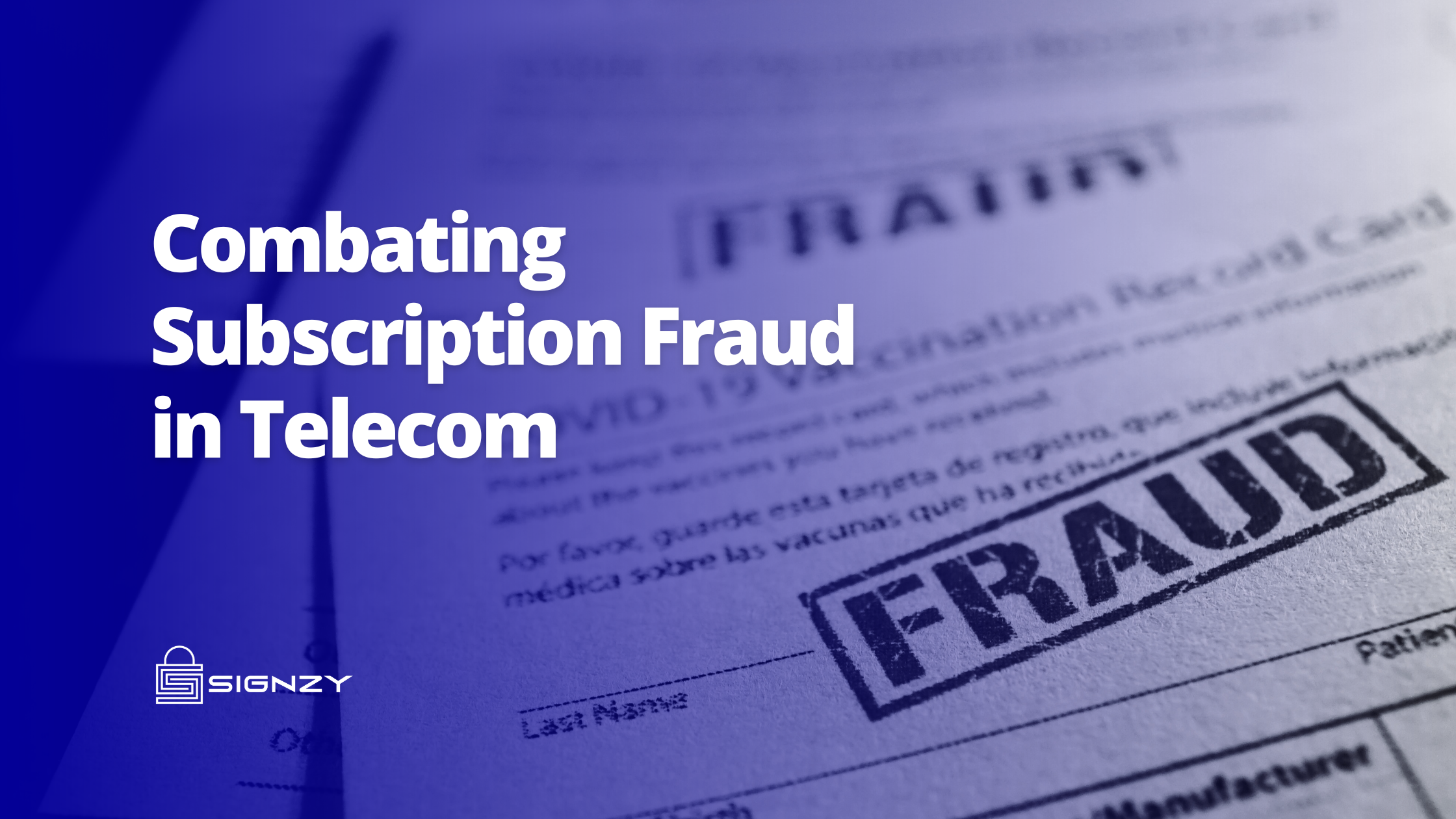- KYC (Know Your Customer) is the process of verifying the identity of clients to prevent fraud and ensure compliance with regulations like AML.
- Most KYC vendors offer API-based integration, making it easy for businesses to incorporate identity verification into their workflows.
- KYC vendors use encryption, secure APIs, and compliance with global data protection laws like GDPR to protect customer data.
OK, so you’re running a business in the UAE and need to sort out your KYC process?
I’ve been researching this topic for weeks now because honestly, the whole compliance thing is a headache for everyone.
There are tons of providers out there making big claims, but which ones actually deliver? I’ve sifted through the options and narrowed it down to these top 10 that seem to work best specifically for UAE businesses.
Some are local players who really get the regional requirements, while others are international names that have adapted well to the market here.
Let’s dive in and see which might work for you. But first, here’s what we’ve considered to shortlist these providers.
Methodology: How We Picked These KYC Vendors?
To select the top KYC vendors for businesses in the UAE, we evaluated each provider based on their ability to meet stringent local regulatory requirements, the efficiency of their AI-powered verification processes, and the flexibility of their solutions.
Key factors included:
- Ease of integration via API
- Real-time fraud detection capabilities
- Scalability for businesses of all sizes.
- Compliance with UAE’s AML and KYC laws
We also considered the support for multi-language document flows, particularly Arabic and English, and the user experience for both businesses and end-users. Only those offering robust, reliable, and compliant solutions made the cut.
Top 10 KYC Providers in the UAE
1. Signzy
Fully scalable and flexible KYC solution
Signzy has a strong presence across UAE (and MENA), U.S., Canada, India, and APAC, making it an ideal choice for businesses operating in these regions. The platform leverages AI for seamless onboarding, utilizing OCR, face matching, and low-code orchestration to ensure quick and accurate verification.
Signzy supports both Arabic and English document flows, which is essential for the UAE market. It’s trusted by leading banks and fintechs in high-compliance environments. The platform also offers KYB, real-time AML screening, and is built with an API-first approach, making it highly adaptable for businesses in the BFSI sector.
2. Jumio
AI-Driven Identity Verification with Real-Time Fraud Prevention
Jumio delivers a powerful KYC solution that combines AI and biometric technology for identity verification in the UAE. Jumio’s liveness detection technology prevents fraudulent activities by verifying that a live person is present during the identity capture process. This means businesses can confidently onboard customers without worrying about fake documents or identity fraud.
3. Shufti Pro
Global Identity Verification with Real-Time Risk Assessment
Shufti Pro offers a reliable KYC solution that is ideal for UAE businesses needing both local and global coverage. With its AI-powered verification, Shufti Pro checks over 10,000 types of IDs in real-time and integrates facial biometrics for enhanced security. It offers continuous AML screening, checking against over 1,700 global watchlists, which helps businesses stay compliant with UAE regulations.
4. Accura Scan
KYC & AML with Real-Time Document Verification for UAE
Accura Scan offers a state-of-the-art KYC and AML solution, combining real-time document scanning with facial recognition to ensure secure, compliant onboarding for businesses in the UAE. Accura Scan verifies Emirates IDs, passports, and other documents, Using OCR and AI technology. With multilingual support and seamless integration via SDK or API, Accura Scan is designed to scale with your business.
5. uqudo
Seamless KYC and AML with Local Compliance for UAE
uqudo is a top choice for businesses in the UAE looking for fast and compliant KYC verification. It uses NFC and the ICP Gateway to quickly verify Emirates IDs, which makes the whole process smoother for both businesses and customers. The platform also provides biometric facial recognition and real-time AML screening and integrates directly into your systems via API or SDK.
6. Veriff
AI-Powered KYC with Advanced Fraud Detection
Veriff’s KYC solution also uses AI to verify customer identities through real-time document scanning and facial recognition. The platform integrates smoothly into mobile apps or websites and offers biometric authentication, making the onboarding process faster and more secure. Veriff also provides automated checks for AML compliance, ensuring your business stays protected against fraud and meets regulatory requirements efficiently.
7. iDenfy
AI-Driven Identity Verification for Fraud Prevention
iDenfy brings an intelligent approach to identity verification with AI-powered document and biometric recognition, ensuring fraud detection and compliance in the UAE market. Its 3D liveness detection technology adds an additional layer to spot fraudulent attempts in seconds, all while keeping the verification process seamless and fast. iDenfy is built to scale and integrate effortlessly with mobile apps, websites, and backend systems.
8. IDnow
Fast KYC Onboarding with Local Data Hosting
IDnow offers automated identity verification solutions that cater specifically to businesses in the UAE. It provides a seamless onboarding experience by using NFC and facial recognition technology to verify Emirates IDs. The platform ensures full compliance with UAE data protection laws by offering locally hosted data, making it easier for businesses to comply with the Central Bank’s data storage regulations.
9. KYC UAE
Tailored KYC & AML Solutions for UAE
KYC UAE provides a comprehensive, region-specific KYC solution with an advanced API suite to help businesses in the UAE meet regulatory compliance standards. With real-time verification, AML checks, and integration with over 400 official data sources, KYC UAE ensures that businesses can onboard customers seamlessly while preventing fraudulent activities. The platform’s Customer Identification Program (CIP) includes multiple layers of risk assessment, giving businesses confidence in the validity of every customer.
How to Choose the Right KYC Provider in the UAE
With the UAE’s strict regulatory framework, it’s essential to choose a provider that can meet both local and international requirements while offering robust fraud prevention measures.
While there are endless factors you can look for, here are the five must-haves:
- Compliance with UAE Regulations: Ensure the provider adheres to UAE’s KYC, AML, and data storage laws, especially those enforced by the UAE Central Bank.
- Fast and Accurate Verification: Look for AI-driven solutions that provide quick identity checks without compromising accuracy or security.
- Real-Time AML Screening: Choose a vendor that offers real-time screening against sanctions and PEP lists to mitigate financial crime risks.
- Scalability and Integration: Select a provider with easy API integration that can scale with your business needs as it grows.
- Multi-Language Support: Providers that offer multi-language support, including Arabic and English, will streamline the verification process for diverse customer bases.
To get a firsthand experience of how Signzy’s AI-powered KYC solution can simplify your compliance processes, Book a Demo with Signzy today.



